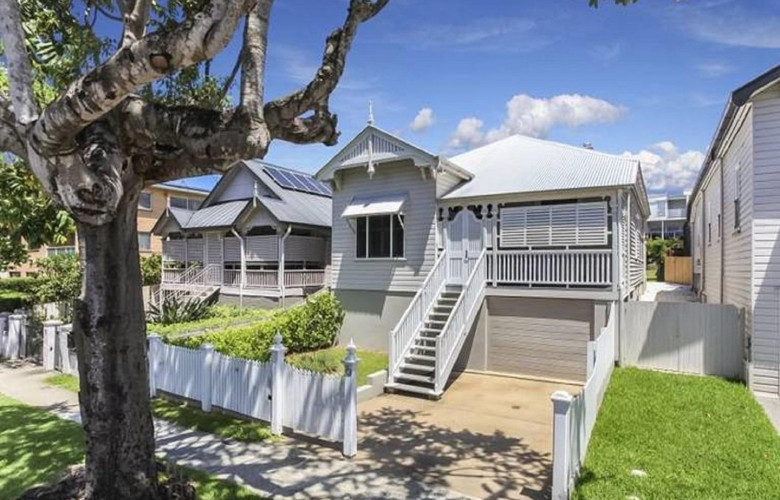Rents hit record highs in most Australian capital cities
Contact
Rents hit record highs in most Australian capital cities
Median weekly house rents in Melbourne Adelaide, Hobart and Canberra are higher than ever.
Rents in several Australian capital cities have hit record highs, and the current low vacancy rates mean that rental relief in 2016 is unlikely, according to Domain's latest rental report.
The quarterly report suggests that median weekly house rents in Melbourne Adelaide, Hobart and Canberra are higher than ever, while there are signs that the worst may be over for the Perth housing market.
In Sydney, the median weekly unit rents fell from $510 to $500 per week over the December quarter. It’s the first decline in unit rents recorded by the Sydney market since the June quarter 2012 and suggests that the record levels of new apartments are now exceeding rental demand. While unit rents may have fallen over the quarter, Sydney’s average house rents remained at the record level of $530 per week (an increase of 1.9 per cent over the year).
Melbourne's average weekly house rents have continued to surge, jumping from $390 to $400 per week. It’s a record high for the city and indicates an increase of 5.3 per cent over the past 12 months. "Melbourne house rents have continued to soar to new record highs with low vacancy rates signalling that tenants can expect more increases to come. Unit vacancy rates, however, are increasing with new apartment stock surging," said Domain Senior Economist Dr Andrew Wilson.
Brisbane house rents remained flat over the December quarter, sitting at an average of $400 per week. Brisbane unit rents increased slightly from $370 to $375 over the December quarter– the first rise since June 2014.
For the first time in 12 months, median weekly house rents in Adelaide increased, jumping to $355 per week over the December quarter. Median units rental rates, however, remained steady sitting at $290 with no increase over the past year.
The recent sharp decline in Perth house and unit rental markets shows no sign of bottoming out, with house rents dropping 8.9 per cent over 12 months. The median weekly rent of Perth houses sat at $410 per week over the December quarter. Median unit rents in Perth also decreased, dropping to $350 per week from $360 per week over the previous quarter – a drop of 10.3 per cent over 12 months.
In Hobart, median housing rents surged to a new record high of $340 per week. Median house rents have now increased by 6.3 per cent over the past year – the highest result of all the capitals. Hobart unit rents remained steady over the December quarter, sitting at $280 per week – an increase of 3.7 per cent over 12 months.
In Canberra, median weekly house rents jumped significantly over the December quarter, from $450 to $470 per week – an increase of 4.4 per cent since the previous quarter. Median weekly unit rents in the capital city also increased, jumping from $380 to $390 per week — an increase of 2.6 per cent over the December quarter.
In Darwin, house rents dropped to $570 per week from $580 over the December quarter. The drop is a decrease of 13.6 per cent over 12 months.
Perth and Darwin have the highest housing vacancy rates, sitting at 3.5 per cent and 2.8 per cent respectively, while Hobart has the lowest housing vacancy rate – just 0.9 per cent.
Sydney remains the lowest of all the capitals in terms of rental yield, with Hobart remaining the highest, with an average rental yield of 5.64 per cent for houses and 5.58 per cent for units. Reflective of the low vacancy rates, house rents are expected to continue to rise in most capitals throughout 2016.
"The prospect of increasing rental costs through 2016 will continue to provide a financial burden for tenants and ongoing barriers for prospective first home buyers. It’s likely to significantly lower numbers of residential investors already evident due to tighter borrowing conditions for this group," said Wilson.





